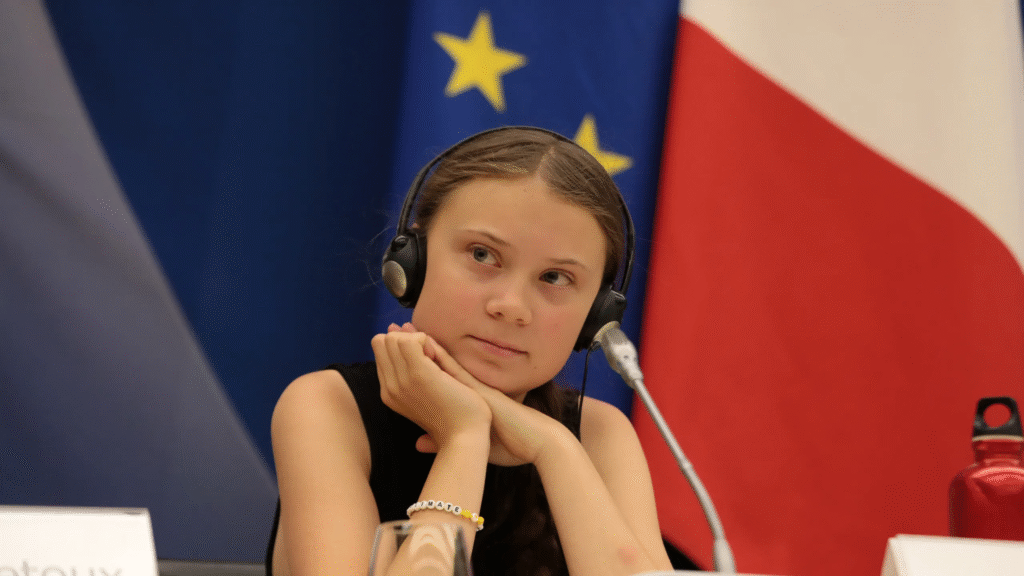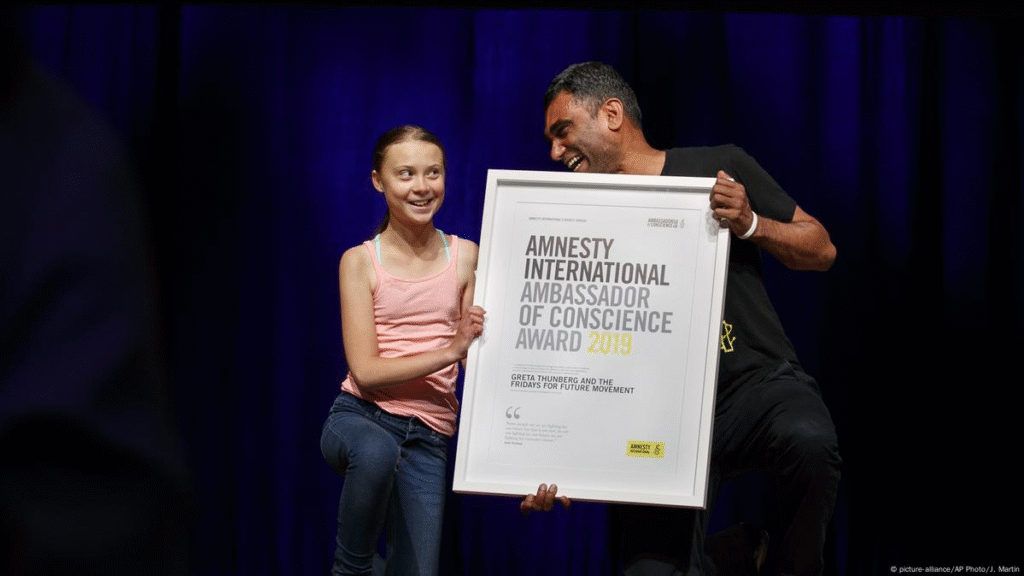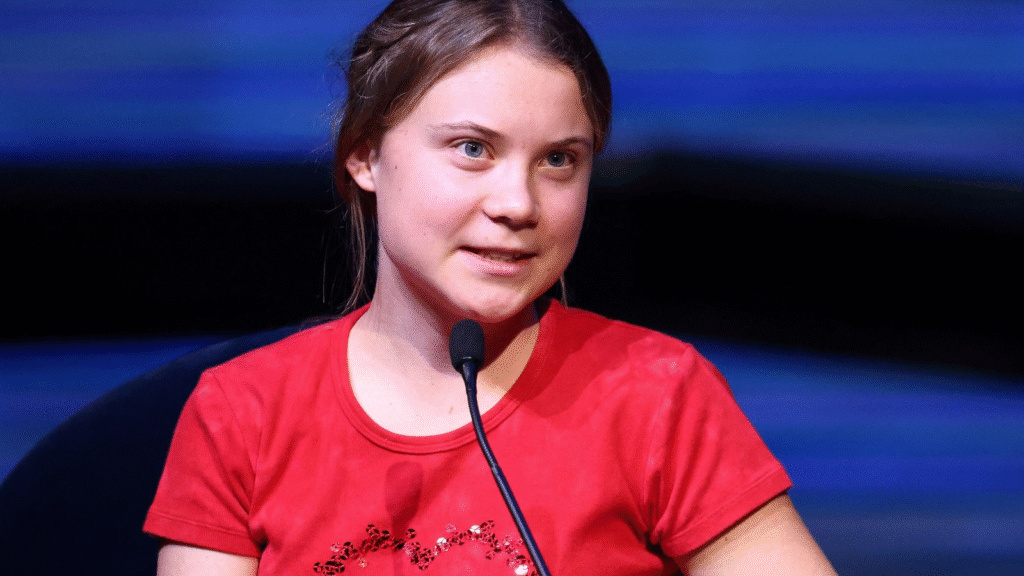
Headline: Greta Thunberg: From School Strike to Global Icon (53 chars)
Who is Greta Thunberg? Discover the Swedish teen whose solitary climate protest sparked a global movement, challenging world leaders on environmental inaction. (149 chars)
Greta Thunberg is a Swedish environmental activist whose solitary school strike in 2018 ignited a global youth movement demanding urgent action on climate change. Her blunt speeches to world leaders and massive “Fridays for Future” protests have made her one of the planet’s most recognizable and polarizing figures. Understanding Thunberg is key to grasping the intensity of the modern climate debate and youth-led activism.
The Spark: A Solitary School Strike
In August 2018, aged 15, Thunberg began skipping school every Friday to protest outside the Swedish Parliament, Riksdagen. Holding a hand-painted sign reading “Skolstrejk för klimatet” (School Strike for Climate), her demand was simple: government adherence to the Paris Agreement. Her solitary act, shared on social media, resonated globally.
Igniting a Global Movement: Fridays for Future
Thunberg’s protest quickly inspired students worldwide. The “Fridays for Future” (FFF) movement was born, with millions of young people staging coordinated school strikes across continents. This unprecedented youth mobilization forced climate change to the top of political agendas, demonstrating the power of grassroots activism amplified by digital connectivity.
Confronting Power: Speeches that Went Viral
Thunberg gained international fame for her uncompromising speeches at major global forums. Addressing the UN Climate Action Summit in 2019, her fiery “How dare you?” rebuke to world leaders became iconic. Similar addresses at Davos (World Economic Forum) and COP summits criticized empty promises and highlighted the science demanding immediate, radical action.
Indian Connections & Influence
Thunberg’s impact resonated strongly in India. She amplified concerns over Indian environmental issues, notably supporting farmers’ protests in 2020-2021 (drawing government criticism). More significantly, she inspired Indian youth activists like Licypriya Kangujam and Disha Ravi, sparking local FFF chapters and amplifying domestic climate advocacy.
Awards, Criticism, and Polarization

Thunberg’s influence earned her accolades: Time Magazine’s Person of the Year (2019), nominations for the Nobel Peace Prize (2019, 2020, 2021, 2023), and the Right Livelihood Award. However, her direct style and advocacy also drew criticism. Some world leaders dismissed her, while others questioned her focus, age, or the movement’s tactics. She has also been targeted by online abuse and climate change deniers.
Diagnosis and Advocacy Beyond Climate
Thunberg has openly discussed being diagnosed with Asperger’s syndrome (part of the autism spectrum), OCD, and selective mutism. She frames her autism as a “superpower” enabling intense focus on the climate crisis. Her activism now also extends to broader social justice issues intersecting with the environment.
Where is Greta Thunberg Now?

Now 21, Thunberg continues her activism, participating in protests and speaking at events globally. While less focused on weekly strikes, she remains a powerful voice. She faces legal challenges related to protests, including convictions in Sweden and the UK, viewing arrests as necessary for highlighting the climate emergency’s urgency.
Summary & Future Outlook
Greta Thunberg transformed from a lone Swedish student protester into a defining global icon of climate activism in just a few years. She mobilized millions through the Fridays for Future movement, forcing climate change onto center stage with her unflinching rhetoric. While a polarizing figure, her impact on public discourse and youth engagement is undeniable. Her future likely involves continued advocacy, legal battles stemming from civil disobedience, and evolving her role within the ever-growing global climate justice movement.
No responses yet